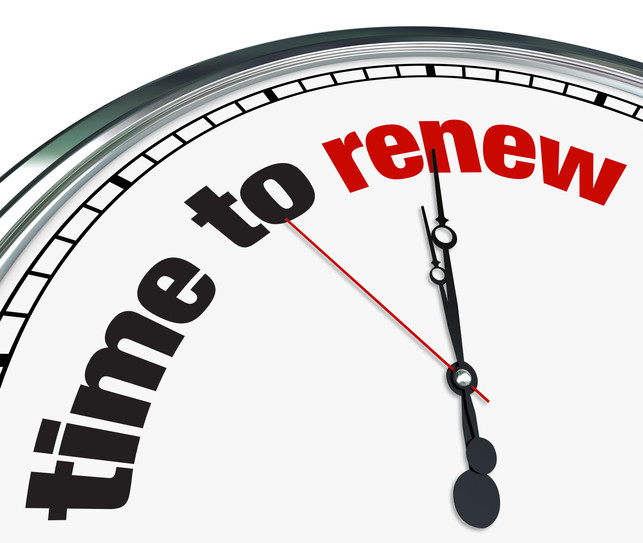- December 1, 2015
- Adam Mansfield
- Reading Time: 2 minutes
 Salesforce.com (“Salesforce”) recently reported another strong quarter towards their fiscal 2016 revenue goals. Here are some of the highlights below:
Salesforce.com (“Salesforce”) recently reported another strong quarter towards their fiscal 2016 revenue goals. Here are some of the highlights below:
- Q3 revenue grew an impressive 24% year-over-year, reaching $1.71B and slightly beating expectations of $1.7B
- Deferred revenue and unbilled deferred revenue reached $2.85B and $6.7B respectively
- Full year revenue guidance was raised from $6.64B to $6.65B
- Forecasted sales in the range of $8.0B to $8.1B for fiscal year 2017
Given Salesforce’s strong Q3 and consistent performance which is now becoming the norm, UpperEdge has no reason to anticipate Salesforce making any changes to the way it has been approaching existing and prospective customers in the market. Most specifically, we expect Salesforce’s sales team to press its current customers for early renewals while driving them to expand the portfolio by including new products and additional solutions. We also expect Salesforce to present some fairly compelling upfront discounting to entice product adoption and secure early renewals. The discounting can reach very compelling levels in net-new business pursuits where Salesforce has the opportunity to take business away from a competitor. Our most interesting deals have come when Salesforce has been competing head-to-head with one of its largest competitors such as Oracle, SAP and Microsoft.
If you are being approached by Salesforce, especially as we get closer to year-end; don’t let deep upfront discounts distract you from other critical commitments and key fundamentals of the deal. Specifically, Salesforce should offer your company assurances on downstream pricing both as your user and product volume increases and upon renewal. Too often we see companies get excited over what they feel is a great upfront discount and they end up losing sight of the downstream pricing risks. Salesforce can very easily make up for this downstream pricing given the high likelihood of renewal and the fact that under Salesforce’s SaaS subscription model, organizations do not own anything and will most likely have to renew their subscription. When this happens, there will be minimal to no leverage at the same point in time where Salesforce will be looking to significantly increase the upfront price.
If you would like to better understand how UpperEdge has been able to help companies achieve best-in-class SaaS subscription agreements and pricing with Salesforce, or how to properly prepare for your upcoming discussions with Salesforce, please feel free to contact me at amansfield@upperedge.com. As always, please feel free to leave your comments and feedback as well.
Related Blogs
How to Prepare for a Successful SELA Negotiation
Salesforce Einstein Copilot: What Customers Need to Know about the Generative AI Tool
3 SELA Pain Points for Salesforce Customers
About the Author
